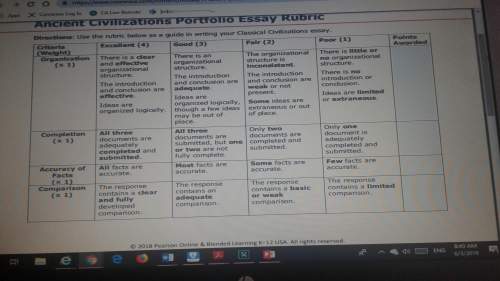
History, 09.06.2021 05:10 FloweyFlower
Prince Siddhartha’s experiences with suffering transformed [transformed: to change in appearance or character] him. Suddenly, his royal life seemed empty. He wanted to find the happiness and peace that the ascetic had found.
Siddhartha decided to give up his old life and search for enlightenment [enlightenment: the state of gaining spiritual insight and finding universal truth; the goal of Buddhists] . Becoming enlightened would mean finding deep truth and freedom from suffering.
One night, the prince asked his driver to take him to the forest. At the edge of the dark woods, Siddhartha removed his royal robes, sandals, and jewels. He cut off his hair with a knife. He put on a simple robe and carried only a small bowl for alms [alms: goods or money given to the poor] ,or gifts of food. Wishing his driver farewell, Siddhartha began his life as an ascetic.
Siddhartha met other ascetics as he wandered the forests and fields. Like him, they wanted to understand the nature of the world. They believed that they could reach enlightenment through meditation. While meditating, the ascetics sat quietly and focused their minds on spiritual questions. Siddhartha quickly became an expert at meditation.
The ascetics also denied [denied: to hold back and refuse something] themselves many basic needs. For example, they stayed up all night without sleeping. They sat in the hot sun without shelter. They held their breath for several minutes. They also fasted, or stopped eating, for many days at a time. They hoped to find spiritual truth through self-denial.
Siddhartha continued to follow the way of the ascetics for some time. He became terribly thin from lack of food. According to Buddhist tradition, he became so thin that he could touch his stomach and feel his backbone. Eventually, he became unhappy with this extreme way of living. And he had not yet found the key to enlightenment.
Prince Siddhartha’s experiences with suffering transformed [transformed: to change in appearance or character] him. Suddenly, his royal life seemed empty. He wanted to find the happiness and peace that the ascetic had found.
Siddhartha decided to give up his old life and search for enlightenment [enlightenment: the state of gaining spiritual insight and finding universal truth; the goal of Buddhists] . Becoming enlightened would mean finding deep truth and freedom from suffering.
One night, the prince asked his driver to take him to the forest. At the edge of the dark woods, Siddhartha removed his royal robes, sandals, and jewels. He cut off his hair with a knife. He put on a simple robe and carried only a small bowl for alms [alms: goods or money given to the poor] ,or gifts of food. Wishing his driver farewell, Siddhartha began his life as an ascetic.
Siddhartha met other ascetics as he wandered the forests and fields. Like him, they wanted to understand the nature of the world. They believed that they could reach enlightenment through meditation. While meditating, the ascetics sat quietly and focused their minds on spiritual questions. Siddhartha quickly became an expert at meditation.
The ascetics also denied [denied: to hold back and refuse something] themselves many basic needs. For example, they stayed up all night without sleeping. They sat in the hot sun without shelter. They held their breath for several minutes. They also fasted, or stopped eating, for many days at a time. They hoped to find spiritual truth through self-denial.
Siddhartha continued to follow the way of the ascetics for some time. He became terribly thin from lack of food. According to Buddhist tradition, he became so thin that he could touch his stomach and feel his backbone. Eventually, he became unhappy with this extreme way of living. And he had not yet found the key to enlightenment.
Respond to the question based on the reading:
1) What did this part of the story reveal about the life of Siddhartha?

Answers: 1


Another question on History

History, 21.06.2019 20:00
After world war one, how did the allied countries hope to keep germany from becoming too powerful again?
Answers: 1

History, 21.06.2019 21:30
How did richelieu intend to strengthen the monarchy of france
Answers: 1

History, 21.06.2019 22:30
How does this cartoon represent an argument for the ratification of the constitution
Answers: 1

History, 22.06.2019 01:00
The primary goal of the abolitionist movement was to a) immediately emancipate or free all enslaved people. b) allow the gradual release of enslaved people. c) end the importation of enslaved people from africa. d) make mandatory the education of all enslaved people.
Answers: 1
You know the right answer?
Prince Siddhartha’s experiences with suffering transformed [transformed: to change in appearance or...
Questions

Biology, 04.11.2020 18:50


Mathematics, 04.11.2020 18:50




Mathematics, 04.11.2020 18:50

Health, 04.11.2020 18:50


Mathematics, 04.11.2020 18:50





Mathematics, 04.11.2020 18:50


Mathematics, 04.11.2020 18:50

English, 04.11.2020 18:50


English, 04.11.2020 18:50




